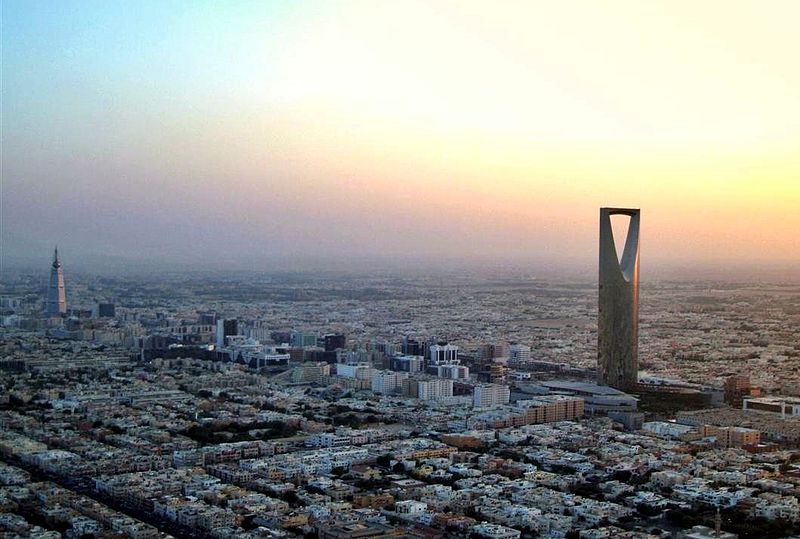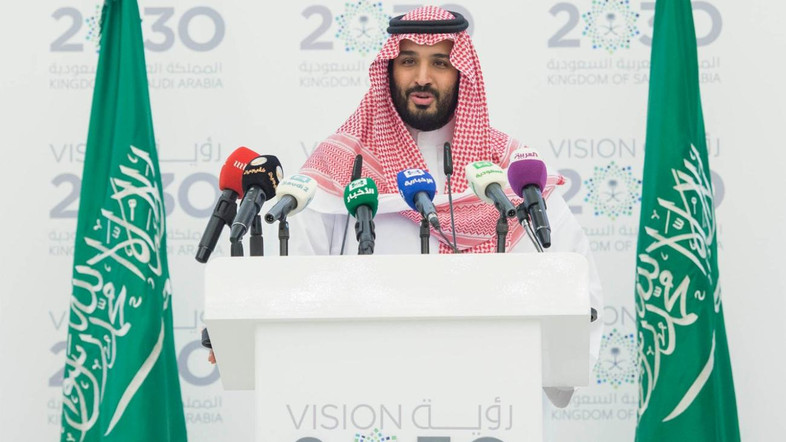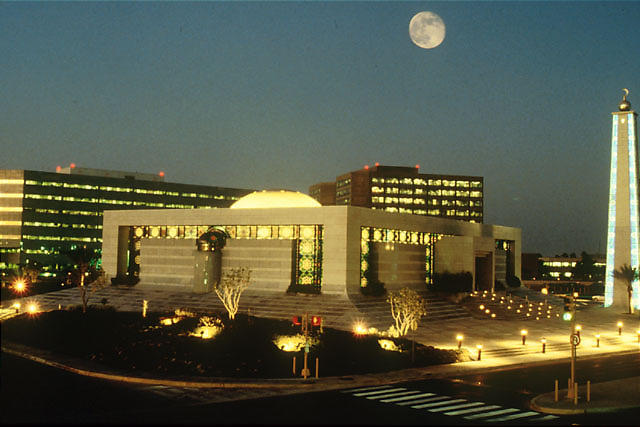Until last year, oil prices had ranged from $90 to $100 a barrel for about a decade, notwithstanding a drop during the 2008-2009 financial crisis. By December 2015, the price of Brent crude had dropped to $36 a barrel. As a result, countries heavily reliant on oil exports like Saudi Arabia, have been forced to reassess their economic planning. Hence the major announcement by Saudi officials regarding the country’s economic future, its new plan: Vision 2030.
The Kingdom of Saudi Arabia is the world’s largest oil producer, controlling about 16% of the world’s proven petroleum reserves. Oil represents almost 90% of government revenue and 90% of the country’s exports. When oil prices declined in 2015, Saudi Arabia ran a budget deficit of 13% of GDP.

Vision 2030 is a package of ambitious economic reforms that notably includes the sale of 5% of the state-owned Saudi Arabian Oil Company, known as Aramco, to the private sector. When making the announcement, Prince Mohammad bin Salman touted the strategy as a way to end Saudi Arabia’s “dangerous addiction to oil”.
Vision 2030: A difficult transition to end Saudi Arabia’s “dangerous addiction to oil”
His statement begs the question: What makes the transition away from a resource-dependent economy so difficult? A highly desirable natural resource can lead a country’s other export sectors to atrophy and increase its economic dependence on the natural resource. If a country exports a resource that is in high demand, the inflow of revenue will appreciate the local currency. That is, as foreign entities attempt to buy the resource, they raise demand for the local currency and cause it to increase in value. A more expensive local currency makes it more difficult for other export sectors to compete internationally. This phenomenon is popularly known as “the Dutch disease”.

Moreover, natural resources are, in a sense, “easy money.” A natural-resource export sector doesn’t require a large, well-educated workforce, a well-functioning judiciary and regulatory system, or well-developed capital markets. In the presence of a profitable natural resource, governments have less incentive to encourage the development of these and other institutions essential for a modern, advanced economy.
Both of these factors are relevant in the case of Saudi Arabia. Tawfiq al’Rabiah, the Saudi commerce and industry minister, explicitly referenced Dutch disease as one of the country’s key challenges, and among the goals included in Vision 2030 is transforming the “Public Investment Fund” into the largest sovereign wealth fund in the world. However, countries with existing sovereign wealth funds can afford to keep export revenue out of the domestic economy because most of their revenue comes from taxation, whereas taxes in Saudi Arabia are practically nonexistent. Furthermore, employment statistics reinforce the lack of diversification in the resource-cursed economy: only about 20% of private-sector jobs are held by Saudis and nearly 90% of Saudi workers are employed by the government.
Perhaps the most publicized part of Vision 2030 is the sale of part of Aramco. However, it’s important to note that this sale doesn’t necessarily represent a decline in the overall amount of oil production. In fact, Aramco announced that it intends to further increase production in the near future. Officials have stated that the total company valuation is around $2 trillion, implying that a sale of 5%would yield roughly $100 million. The state goal is to place these assets in the Public Investment Fund. This fund will be restructured with greater transparency and independence from the government.
Yes, the sale of Aramco will somewhat reduce the Saudi dependency on oil. However, while this represents a diversification measure and a large injection of cash into government coffers, the sale itself will not transform the Saudi economy. Rather, it merely represents a reduction on the reliance on one asset, Saudi oil reserves, to another asset, the financial assets acquired by the revenue from this sale.

Real challenges for Arabian economy
The real challenge for long-term reform is changing the employment structure and private-sector productivity. Only 41% of the working population in Saudi Arabia is currently employed (the OECD average is around 60%). Over the years, the Saudi government has implemented various programs to increase the percentage of Saudi Arabians working in the private sector. However, the vast majority of Saudi employees work in the public sector and their positions are, on average, paid considerably more than their equivalent in the private sector. One of the world’s largest populations of migrant workers and expatriates hold the country’s private-sector jobs.
Why? Because of skills mismatch: Saudi Arabians are overeducated for low-skilled manual labor but not skilled enough for high-paying specialty fields. For example, there is a limited supply of new graduates in STEM (science, technology, engineering and mathematics) fields, and enrollment in technical colleges remains low relative to the OECD average. In addition, the absorption of women into the labor force has been slow, particularly outside of traditionally female fields such as education. Resolving these structural issues in the Saudi labor market to reduce unemployment and dependence on the public sector is an extensive, long-term project that requires modifying worker expectations and preferences.
All in all, a diversification effort of this scale is ambitious and unprecedented. Saudi Arabia’s successes and setbacks will undoubtedly hold important lessons for other countries that similarly face the need to diversify in light of reduced commodity demand. Vision 2030: Saudi Arabia post-oil?



Absolutely agree with the author. However they are introducing new graduates in engineering disciplines, recently for Oil Industries. A revolutionary change in their employment structure for above stated industry could be in making.
Eu penso que o Brasil também deveria estar pensando na privatização total ou venda de uma parte da Petrobrás para a iniciativa privada. Os recentes escândalos de corrupção do governo de esquerda que levaram a petrolífera brasileira a quase falência provou ser incompetentes os governos e que seu papel fundamental está longe de ser gerir empresas de tamanha importância para a economia.